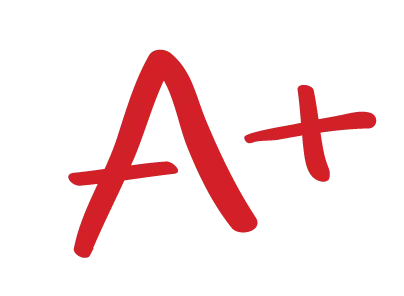1. Identify the point of view in all three stories assigned this week and explain why you think the author chose that pov. Be specific.
2. Answer these “Reading and Reacting” questions: # 1, 5, 9, following Chopin’s “The Storm” on p. 204.
WRITE THIS ESSAY FOR ME
Tell us about your assignment and we will find the best writer for your paper.
Get Help Now!2. Do you consider “Greasy Lake” an initiation, loss-of-innocence story? Do any of the characters change? Explain. (Unsupported responses not accepted.)
4. Look again at Faulkner’s “A Rose for Emily,” and answer these questions:
Who tells the story in “A Rose for Emily?”
How would you characterize the narrator–an outside observer or an important character(s) in the story?
We will study point of view and setting this week and will read these three short stories:
“New York Day Women” (273) by Edwidge Dandicat
“The Storm” by Kate Chopin (199) and
“Greasy Lake” by T. C. Boyle (425)
So far we have read, discussed, and interpreted several short stories without using highly technical language. Such language is not always necessary to find meaning in a story; however, using literary terms often helps to uncover deeper layers of meaning, to consider the author’s intent, and to study the author’s craft.
POINT OF VIEW
This week we will look at point of view (pov). Point of view refers to the narrator of the story, who is telling the story whether a character in the story or an outside observer.
In first person point of view, the narrator, who may be a major or minor character, uses I or we to tell the story. The narrator may be limited (his or her view alone) or omniscient (all of the characters’ experiences).
In third person point of view an outsider who may but does not participate in the action tells the story using he, she, it, or they. Story tellers choose from several types of third-person point of view, as listed below.
Participant and non-participant points of view, along with innocent eye, neutral omniscient, editorial omniscience, selective omniscience, stream-of-consciousness and objective point of view, all of which are defined on these pages, are terms to become familiar with.
1. Read pp. 226-236 in your book for an explanation of the different points of view fiction writers assume to narrate their stories.
participant
non-participant
innocent eye
neutral omniscient
editorial omniscience
selective omniscience
stream-of-consciousness
objective point of view
Read “New York Day Women” (273) by Edwidge Dandicat to focus on pov.
SETTING
First, read pp. 195 to 199 about setting–historical, geographical, and physical.
We will look closely at how the setting plays an important role in these two stories:
“The Storm” by Kate Chopin (199)
“Greasy Lake” by T. C. Boyle (425)
Introducing our Online Essay Writing Services Agency, where you can confidently place orders for a wide range of academic assignments. Our reputable homework writing company specializes in crafting essays, term papers, research papers, capstone projects, movie reviews, presentations, annotated bibliographies, reaction papers, research proposals, discussions, and various other assignments. Rest assured, our content is guaranteed to be 100% original, as every piece is meticulously written from scratch. Say goodbye to concerns about plagiarism and trust us to deliver authentic and high-quality work.



